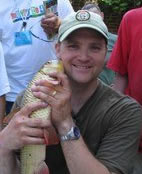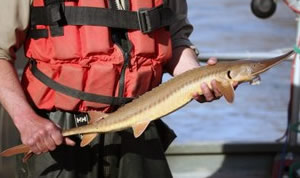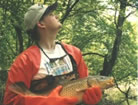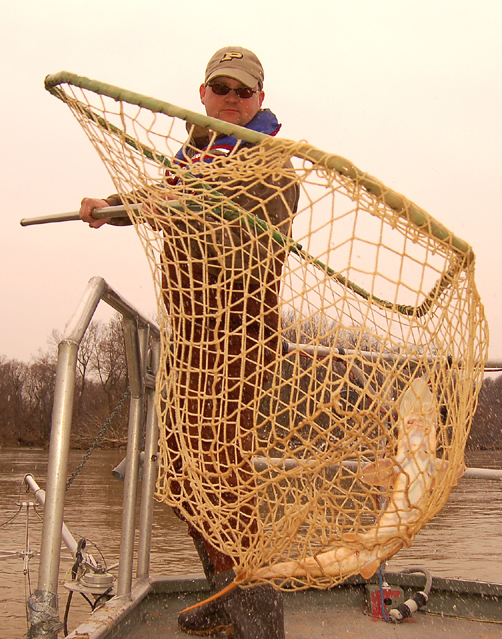I have long been facinated by aquatic ecosystems, and I started my education as an undergraduate student of biological sciences at Clemson University in South Carolina (where I grew up). After finishing my BS in biological sciences, I entered the MS program in aquaculture, fisheries and wildlife at Clemson where my research focused on the life history and ecology of the yellowfin shiner (Notropis lutipinnis). Upon completion of my MS, I entered the PhD program in natural resources at Cornell University where my work focused on studies of relationships between stream communitites and human land uses. Since completing my PhD, my expertise has broadened to include studies of fish, aquatic insects, unionoid clams, and zooplankton in large rivers, inland lakes, and Great Lakes nearshore areas. This expertise is strongly founded on field-based experiments, observations, and surveys to collect data that support my efforts to explore site- and habitat-specific community relationships. I have also used these data to explore relationships between aquatic communities and multi-scale environmental data using Geographic Information Systems (GIS) software. My objectives in conducting these studies are to provide greater insight into the ecological mechanisms that support and sustain native biodiversity and to more explicitly identify threats to ecological functions, species persistence, and community stability over multiple spatial scales.

 Photos Site
Photos Site


 Photos Site
Photos Site

